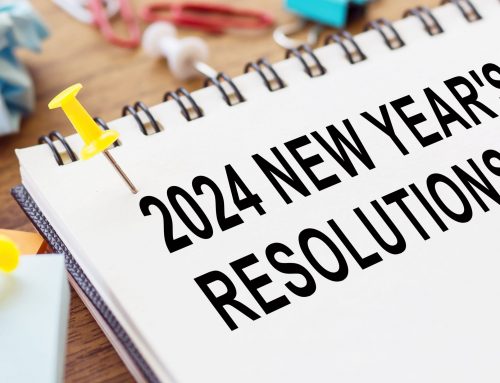Don’t let the social and physical distancing protocols stop you from allowing your students to engage in classroom physical activity! If there’s anything we’ve learned from the pandemic, it’s that youth and adults alike need to move and get fresh air.
I’m sharing some simple ABCs for integrating physical activity in your classroom with appropriate post-COVID practices in mind.
Adhere to Required and Precautionary Safety Protocols
Until certain restrictions have been lifted, it is a good idea to offer movement breaks that don’t require any physical contact. Many activities can be performed in place or within a small space so as not to have students running into one another.
Try not to implement activities that involve students passing materials back and forth. If allowed, open classroom doors and windows to allow air to move freely within the space. You probably already have protocol for this, but ensure any equipment used is cleaned appropriately and that students wash hands and/or use hand sanitizer on a regular basis.
Be Equitable and Inclusive
Most activities can be modified to allow for maximum participation. For example, try teaching activities in a way that students can sit or stand, if needed. Modify different types of equipment meaning, instead of ruling out an activity because you don’t have a class set of balls, have students wad up a scrap piece of paper to use for tossing and catching.
Incorporate different languages, if possible, with instructions. Ask the English Language Learners in your class how to translate. Use music with different languages to make all students feel welcome. As you engage students in activities and they understand the rules or instructions, allow them to begin leading activities and possibly give suggestions for modifications.
Create a Culture of Physical Activity
If you feel like you’re on an island, and not very many other teachers incorporate movement breaks for their students, see if you can partner with your physical education teacher and/or other teachers who are on board with the importance of movement for everyone. They may have more ideas and can provide motivation for you to keep doing what you’re doing to benefit the students.

Other ideas:
Identify specific times during the day to implement activity breaks. Some teachers post the daily schedule. Literally include it as part of the plan!
Another idea is to offer/lead an activity break for your teacher colleagues during a faculty meeting so they will have a chance to experience how fun movement breaks can be. They’ll likely be smiling, laughing and enjoying themselves during a faculty/staff meeting. And if they do, challenge them to start incorporating physical activity opportunities for their students once a day.
I hope these ABCs help you to keep pushing forward with movement breaks for student health and well-being. Your students will thank you for it, and you can benefit from it physically and mentally too!
Heather is a Professor in the Department of Kinesiology and Health Promotion at the University of Kentucky. She is a former physical education teacher, and co-author of Dynamic Physical Education for Secondary School Children, 8ed. Heather was also the recipient of the NASPE Curriculum and Instruction Young Scholar Award and a AAHPERD Research Consortium Fellow.






Leave A Comment